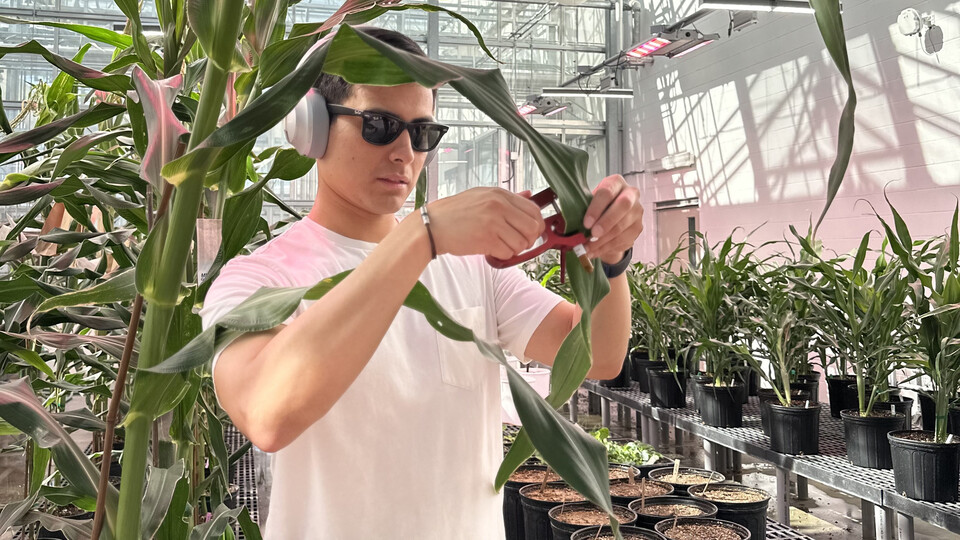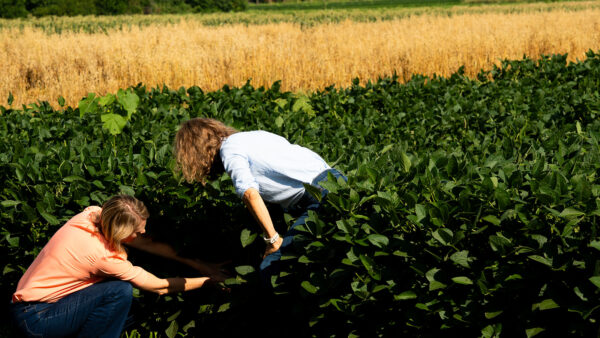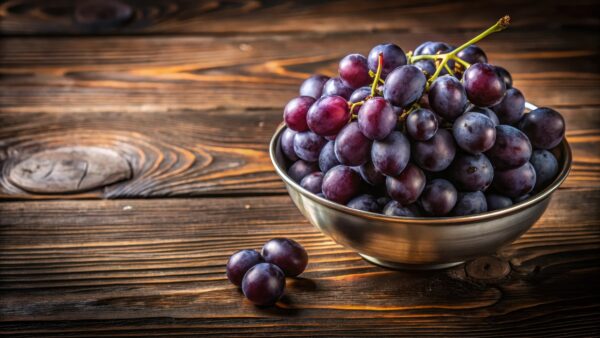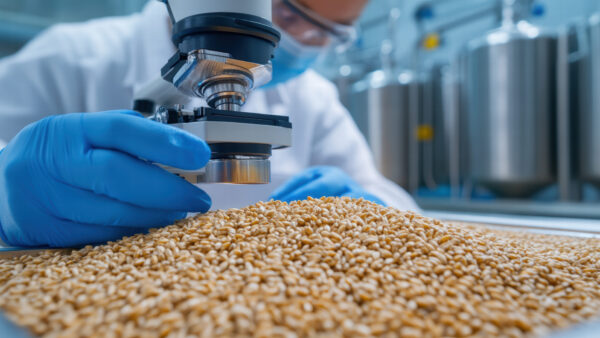Karl Kremling is laser-focused on areas of the genome that have been overlooked: the non-gene regions. As technical director of computational biology for Inari based in Cambridge, MA, his work dives into the intergenic regions—those stretches of DNA that don’t encode proteins but are essential to understanding what makes plants thrive.
“Less than 5% of a modern crop genome is actually genes,” Kremling explains in an interview recorded at the recent meeting of the National Association for Plant Breeding held in St. Louis, MO. “The rest are called intergenic regions, and these are what govern when and where genes are expressed—essentially, they are the switches that turn genes on and off.”
This isn’t just a fascinating biological quirk. As Kremling notes, these regulatory regions are critical for differentiating not just species, but also low-performing crops from high-performing ones. “As breeders and genome editors, we need to spend a lot more time focusing on improving those parts of the genome,” he emphasizes.
For many, the concept of a non-gene region sounds like an oxymoron. But Kremling sees it as part of a broader debate in genetics.
“There’s an ongoing discussion about what truly counts as a gene. Is it just the part that encodes a protein, or does it also include the regulatory functions—the on-off switches that control gene activity? These regulatory regions determine what we call the spatiotemporal coordinates of expression—where and when genes do their work.”
This broader definition of what constitutes a gene opens up a world of possibilities for crop improvement.











